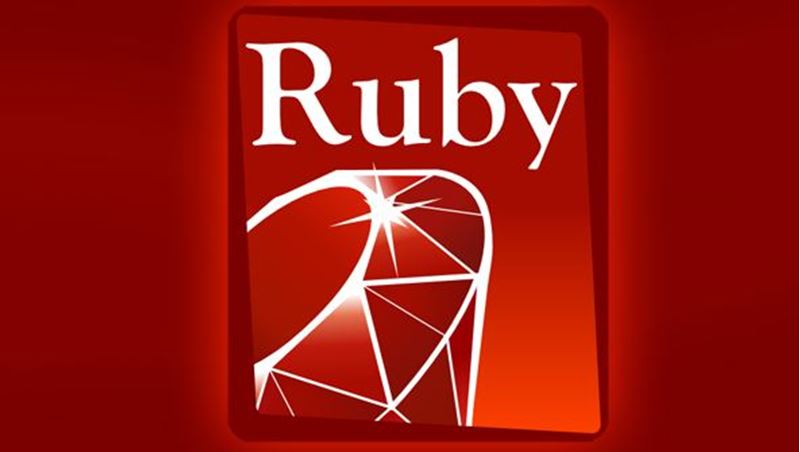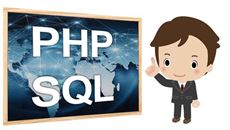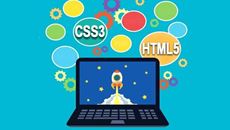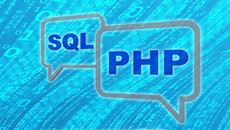- Delivery Method Online
- Professional Certificate
- 24hrs Suggested Study Time
- 3 Months Access
- Tutor Support
- Study On Any Device
- 1335 Students
Ruby Programming Fundamentals

Learn how to create a dynamic Web blog using the Ruby on Rails programming environment and the Ruby programming language.
Learn how to create an interactive Web blog that allows visitors to register and post articles and comments. You'll see how to use the Ruby on Rails framework environment to create a full-featured Web blog using the Ruby programming language and the MySQL database server.
We'll walk through the development of a complete Web blog application. During the course, you'll see step-by-step how to create all of the software and database objects used in the application. We'll begin by looking at exactly what the Ruby programming language is. Ruby has taken the Web world by storm, providing an object-oriented approach to Web programming. Its simplicity and user-friendliness make it ideal for beginning programmers to use to dive into the world of dynamic Web sites.
After going through the basics of Ruby programming, we'll turn to the Ruby on Rails framework environment. Ruby on Rails is a relatively new, but already very popular, player in the world of dynamic Web sites. We'll go through the steps of creating the Ruby on Rails framework and then modifying that framework with Ruby programming to customise your Web site just the way you want it. At the end of this course, you'll be able to use the techniques you've learned to build and customise your own dynamic Web application.
Courses are delivered to you through expertly executed lessons, online instruction and interaction with like-minded students. Our courses are designed to deliver all of the benefits of studying in a classroom whilst giving you the flexibility to study at a time and place to suit your needs. You can access your classroom 24/7 from any device with an internet connection.
This course has a 3 month duration. You'll complete comprehensive lessons, quizzes and assignments before submitting your final exam at the end of the course to achieve your certificate. Courses must be completed within the 3 month access period.

Richard Blum
Richard Blum has been an IT industry professional for over 18 years, working mainly as a network and systems administrator. During this time, he has worked with Microsoft, Novell, Unix, and Linux servers, and has created Web sites using a variety ... Read more
Read Richard Blum's ProfileFrequently Asked Questions
What people are saying about our courses
The Learning Environment
From the moment that you enrol in the Ruby Programming Fundamentals you will become an integral part of our learning community. You'll find yourself with the freedom to learn at a speed that suits you, on any device, from anywhere in the world. Achieving your career goals no longer has to mean compromising family and work commitments.
Our Values
Learn At Your Own Pace
We believe in personalised learning. That's why we provide all the tools and support you need to succeed at your own pace. With flexible learning, you'll stay motivated and retain more information. Plus, you can balance your studies with work and family commitments to make your dreams a reality.
We Won't Break The Bank
Education should be accessible to anyone who wants to learn. That's why we offer some of the most competitive prices in the industry with payments plans for just $25 per week. Investing in your future is a smart choice and doesn’t have to break the bank.
Industry-Led Courses
There's no better way to learn than from experts with years of experience in your field. That's why each of our 200+ industry-led courses are designed to give you a real-life perspective on your industry. With our expert mentors, you'll learn from people who have a wealth of knowledge and experience, and who are passionate about sharing it with you.
Get The Personal Support You Deserve
At Vibe Learning, we're real people who are dedicated to providing you with personal support every step of the way. Our industry experts are not only professional and knowledgeable but also incredibly passionate about sharing their expertise with you. With their guidance, you'll gain invaluable insights and practical knowledge to help you succeed.
Still looking?
Check out the following courses related to Ruby Programming Fundamentals:




